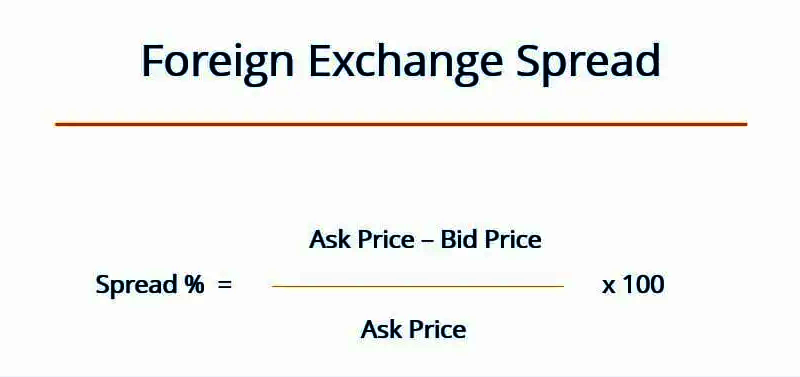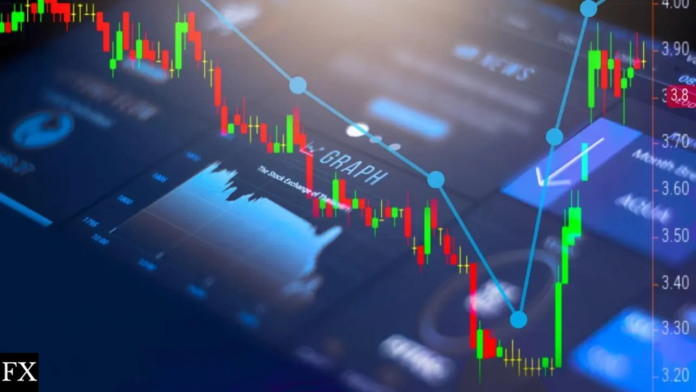In the world of trading, the terms “ask price” and “bid price” are fundamental. They represent the best available rates at which a security can be bought or sold at any given time. The difference between these two prices is known as the bid-ask spread, a crucial element that directly impacts traders’ decisions. Let’s explore these concepts in more detail.
What Are Ask and Bid Prices?
Simply put, the ask & bid prices are the dual figures that describe a security’s current market value for sellers and buyers. Traders constantly monitor these prices, and the spread between them, to gauge the overall value and liquidity of an asset.
- Ask Price: The ask price is the minimum price a seller is willing to accept for their security. Think of it as the price tag a seller puts on their item.
- Bid Price: The bid price is the maximum price a buyer is willing to pay to acquire a security. This is the price a buyer offers.
A trade happens only when a buyer and seller agree on a price within this range. Due to the spread, traders usually can’t immediately sell a security for the same price they bought it at.
The Bid-Ask Spread: A Measure of Liquidity
The bid-ask spread is the difference between the ask and bid prices. This spread is more than just a price gap; it’s an indicator of a security’s liquidity.
- Narrow Spread: A smaller spread suggests higher liquidity, meaning it’s easier to buy or sell the security without a significant price difference. These assets are generally considered more liquid.
- Wide Spread: A larger spread points to lower liquidity and potentially higher risk. It also indicates more price volatility.
As both ask and bid prices constantly fluctuate, so does the bid-ask spread.
How Are Ask and Bid Prices Determined?
Ask and bid prices aren’t set arbitrarily. They are dictated by the market, based on the offers and counter-offers made by traders. The historical asking and selling prices in the market are also key influencers. The spread is then simply the difference between these market-determined prices.
Example: If the bid price is $9 and the ask price is $10, the spread is $1. This represents a 10% spread.

Practical Examples of Ask and Bid Prices
Let’s say the bid/ask rate is 10/12. If you were to buy 10 shares, it would cost $120. If you immediately tried to sell them back, you’d only receive $100. This results in an immediate $20 loss due to the spread.
However, traders don’t simply buy and sell; they seek to capitalize on price movements. If the bid price later increases to $15, you can sell those 10 shares for $150, making a $30 profit (excluding transaction fees).

What Affects Ask and Bid Prices?
Several factors drive these prices, including:
- Trading Volume: Securities with high trading volumes usually have smaller spreads and more stable ask & bid rates.
- Market Volatility: In volatile market conditions, spreads tend to widen, and prices become less consistent.
Who Benefits from the Bid-Ask Spread?
Market makers are the main players that capitalize on the bid-ask spread. These specialized traders engage in two-sided deals, buying securities at the ask price and selling them at the bid price, profiting from the difference. This requires sharp analytical skills to predict price changes accurately.
In Conclusion
Ask and bid prices represent the best available rates for buying and selling securities, while the bid-ask spread is the difference between them. This spread is influenced by market conditions, trading volume, and overall market volatility. Traders must understand these concepts to make informed decisions and potentially profit from the market.
FAQs
1. What does a low bid-ask spread mean?
A low spread indicates higher liquidity in the market. This suggests the asset can be bought and sold quickly without a significant price difference, and the prices are more consistent.
2. Should I buy at the ask or bid price?
Both the ask and bid prices reflect the best available rate at the moment. Your decision should be based on your trading strategy.
3. Why is the ask price often higher than the stock value?
An ask price higher than the stock value could result from increased trading volume, leading to more offers and price fluctuations.
4. What does it mean if the bid price is higher than the ask price?
If the bid price is higher than the ask price, it indicates strong demand, potentially presenting an opportunity to profit by trading that asset.
We hope you have enjoyed this article, for more articles like this, tips for improving your trading and regular analysis, be sure to check our education articles.
Want to trade forex? Here’s a list of forex brokers to check out plus analysis and predictions for major currencies.

